The American Heart Association helps you understand the various levels of blood pressure and how high blood pressure or hypertension is defined Also learn about prehypertension, hypertension, hypertensive crisis, and what is a healthy blood pressureBlood pressure that is too high increases your risk for heart attack and stroke Your blood pressure should be less than 140/90 ("140 over 90") If you have diabetes, it should be less than 130/80 ("130 over 80") If you are 80 years and older, it should be less than 150/90 ("150 over 90")Blood pressure readings between 1/80mmHg and 140/90mmHg could mean you're at risk of developing high blood pressure if you do not take steps to keep your blood pressure under control Everyone's blood pressure will be slightly different

Arterial Blood Pressure Regulation
140/80 blood pressure means
140/80 blood pressure means-As a general guide • 140/90mmHg or over – you may have high blood pressure Most doctors use 140/90mmHg as the cut off for point for diagnosing high blood pressure (hypertension) This is the point where your risk of serious health problems goes upReadings above 140 systolic pressure indicate Stage 1 Hypertension even if your diastolic pressure is between 60 and 79 This is because the worse reading is used when systolic and diastolic pressure fall into different ranges




Normal Blood Pressure In Pregnancy Levels And Management
Since blood pressure tends to increase with age, some medical societies argue about the effectiveness and safety of treating older adults for high blood pressure Overall, older adults should aim for lower blood pressure numbers but a blood pressure reading of 90/60 mm Hg or lower is considered too low (hypotension)A blood pressure reading has a top number (systolic) and bottom number (diastolic) The ranges are Normal Less than 1 over 80 (1/80) Prehypertension 1139 over 80;Low blood pressure is known as hypotension while pathologically high values are defined as hypertension Defining MAP (mean arterial pressure)This value describes the average blood pressure of a person during a single cardiac cycle when blood is
The systolic pressure is the higher number and the diastolic pressure is the lower pressure The average ideal blood pressure for adults is 1/80 mmHg Here, 1 is the systolic and 80 is the good diastolic BP However, these readings depend on age, sex, and body sizeBlood Pressure Chart Heart Rate and Blood Pressure Charts Rev 1, Blood Pressure & Heart Rate Chart Doctor Recommendations Patient Name Blood Pressure Heart Rate Date 69% of Americans who have a first HEART ATTACK have blood pressure OVER 140/90 74% of Americans who have a firstDiastolic pressure – the pressure when your heart rests between beats For example, if your blood pressure is "140 over 90" or 140/90mmHg, it means you have a systolic pressure of 140mmHg and a diastolic pressure of 90mmHg As a general guide ideal blood pressure is considered to be between 90/60mmHg and 1/80mmHg
Use our blood pressure chart to learn what your blood pressure numbers mean Systolic, diastolic? Medications Evidence suggests that reduction of the blood pressure by 56 mmHg can decrease the risk of Stroke by 40%, of Coronary Artery Disease by 15% The aim of treatment should be blood pressure control toReadings where the systolic pressure is normal (between 91 and 119) but diastolic pressure is between 50 and 60 indicate low blood pressure or what is called Hypotension This is because the worse reading is used when systolic and diastolic pressure fall into different ranges What this means is the blood pressure in your arteries is lower than what is considered normal




What Are Normal Blood Pressure Ranges By Age For Men And Women Chart Readings For Low Normal And High Bp
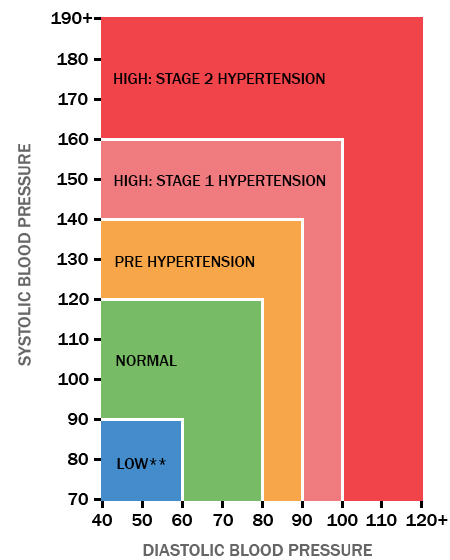



Bp Calculator
Advertisement Readings ranging from 140/90 blood pressure to 180/110 often indicates the problem of Hypertension ie high blood pressure According to experts Systolic Number If the systolic blood pressure is equal to 140 or exceeds, an individual suffers from high blood pressure irrespective of the diastolic number Normal varies Normal blood pressure (BP) is up to 140/90 for most, and less than 130/80 for those with diabetes & kidney disease Those with heart disease or high risk for heart disease may also benefit from lower bp's Within the normal range, those with lower bp's seem to better than those with higher values, but we have no data supporting lowering BP within the Systolic (top number) Diastolic (bottom number) Blood pressure category 90 or below 60 or below hypotension 91 to 119 61 to 79 normal between 1 and 129



The Blood Pressure Of The Elderly Is 140 60 Why Is The Blood Pressure Difference So Big Control From These 3 Aspects Daydaynews




Arterial Blood Pressure1 Dr Eman El Eter Objectives
When researchers for the National Center for Health Statistics looked at average blood pressure in US adults between 01 and 08, the average reading was 122/71 mm Hg The breakout was 124/72 mm Hg for men, and 121/70 mm Hg in women It rose by age and was significantly higher in Black people 5What does a blood pressure reading of 140/60 mean? High blood pressure can cause the arteries that supply blood and oxygen to the brain to burst or be blocked, causing a stroke Brain cells die during a stroke because they do not get enough oxygen Stroke can cause serious disabilities in speech, movement, and other basic activities A stroke can also kill you
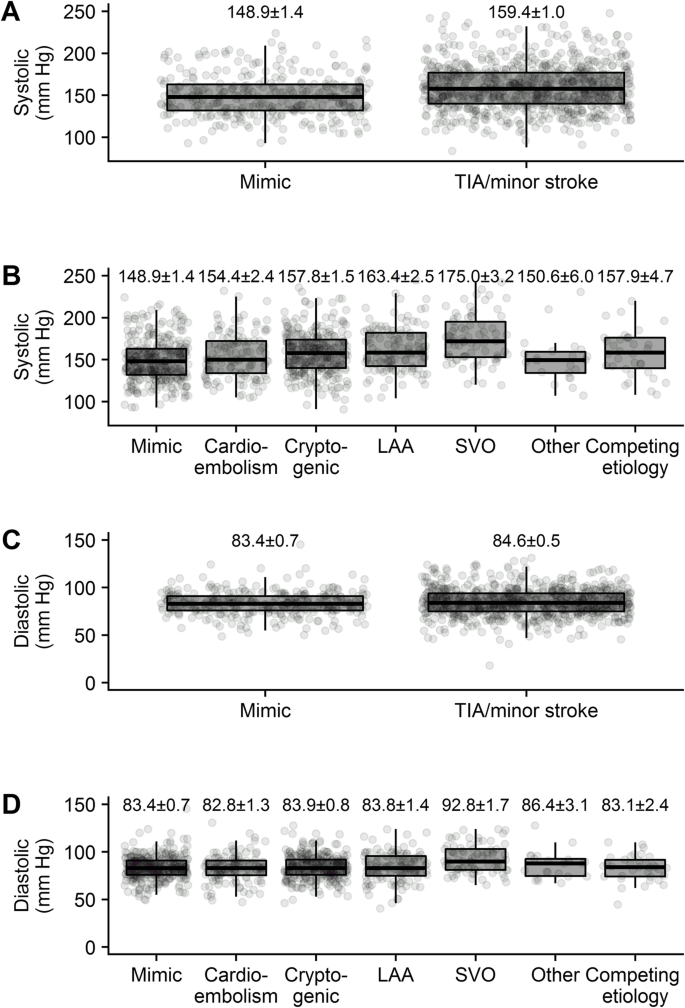



Systolic Blood Pressure As A Predictor Of Transient Ischemic Attack Minor Stroke In Emergency Department Patients Under Age 80 A Prospective Cohort Study Bmc Neurology Full Text
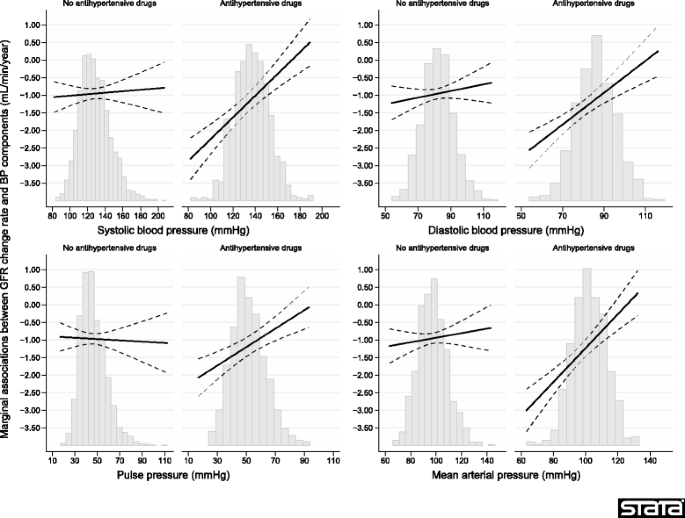



Blood Pressure And Age Related Gfr Decline In The General Population Bmc Nephrology Full Text
If your blood pressure is elevated a systolic blood pressure between 1 and 129 or diastolic blood pressure of less than 80 your doctor will probably want to check it every 36 monthsThe blood pressure, as stated by you, is 140/50 mmHg Therefore the pulse pressure is = 90 mmHg Research suggests that an elevated pulse pressure (40 mmHg) may be a strong predictor of heart problems especially for older adults Generally a pulse pressure greater than 60 mmHg is abnormalIf the blood pressure is 140/60 (140 over 60), it means that the systolic pressure is 140 and the diastolic pressure is 60 140/60 blood pressure can also be read as 140/60 mm Hg, or 140/60 millimeters of mercury The 140 mm Hg Systolic refers to the pressure in the arteries when the heart beats, and the 60 mm Hg Diastolic is the pressure in the arteries between heartbeats



Hypertension Journal




Silymarin 140 60 Capsules Milk Thistle Alzashop Com
There are two parts or two separate numbers referred to as blood pressure Systolic/Diastolic If the blood pressure is 140/100 (140 over 100), it means that the systolic pressure is 140 and the diastolic pressure is 100 140/100 blood pressure can also be read as 140/100 mm Hg, or 140/100 millimeters of mercury Meanwhile, each increase in diastolic blood pressure above 90 was tied to a 6% increase in heart disease and stroke risk The researchers saw a similar pattern when they looked at blood pressureBlood pressure (BP) is the pressure of circulating blood against the walls of blood vesselsMost of this pressure results from the heart pumping blood through the circulatory systemWhen used without qualification, the term "blood pressure" refers to the pressure in the large arteriesBlood pressure is usually expressed in terms of the systolic pressure (maximum pressure during one
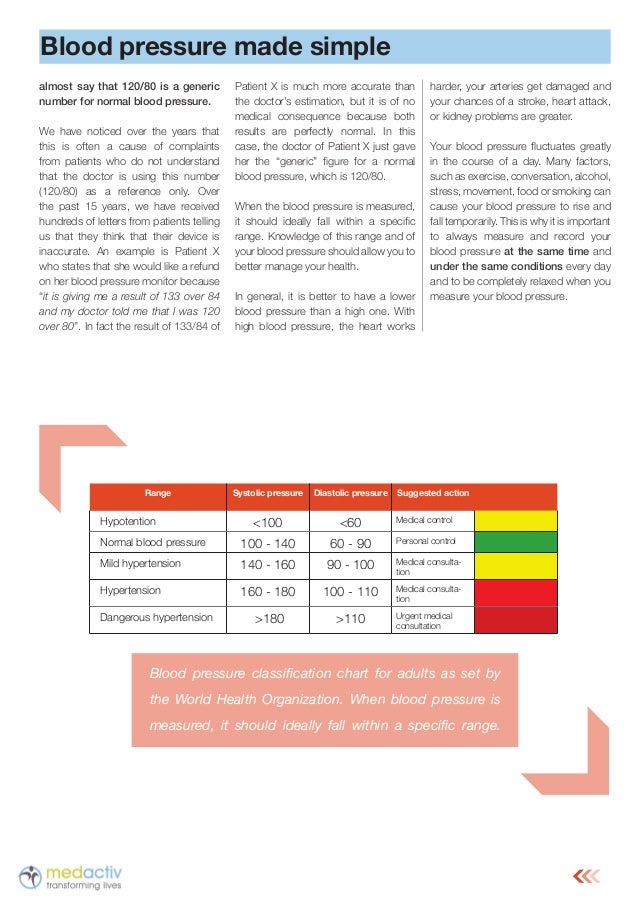



Medactiv Blood Pressure Faq
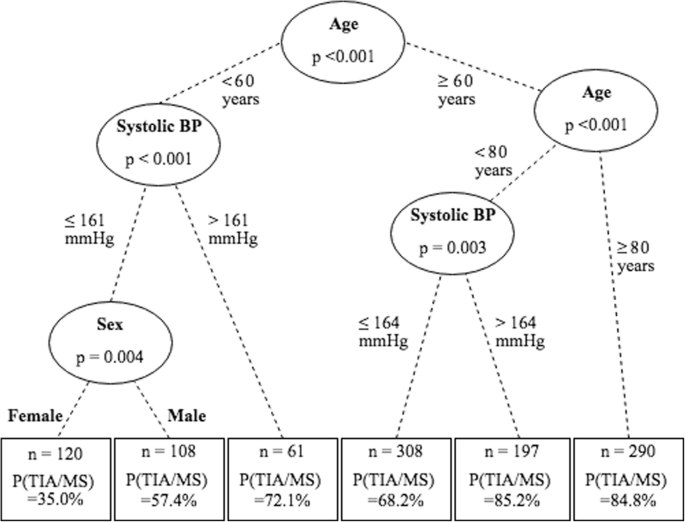



Systolic Blood Pressure As A Predictor Of Transient Ischemic Attack Minor Stroke In Emergency Department Patients Under Age 80 A Prospective Cohort Study Bmc Neurology Full Text
Below is a blood pressure chart by age A blood pressure monitor that shows systolic, diastolic reading and the pulse The reading in this screen is presented as 1/75 Blood Pressure Chart Systolic BP and Diastolic BP This blood pressure chart by age can offer you a referrence when you need to find out what your own blood pressure means 150 Systolic Blood Pressure in Seniors is OK Synopsis New guidelines suggest for adults over 60 keeping systolic blood pressure at 150 or less is adequate High blood pressure is a serious health concern, but also one of the most treatable with medication, if such things as diet, exercise, weight management or lifestyle change prove inadequate For patients with high blood pressure, the goal has been to lower systolic (top number) pressure to about for people over 60 years old The new 15 blood pressure guidelines support this more relaxed threshold calling for treatment to lower blood pressure to 150/90 mm Hg for people over age 60, and to 140/90 for adults younger than 60




Arterial Blood Pressure Regulation
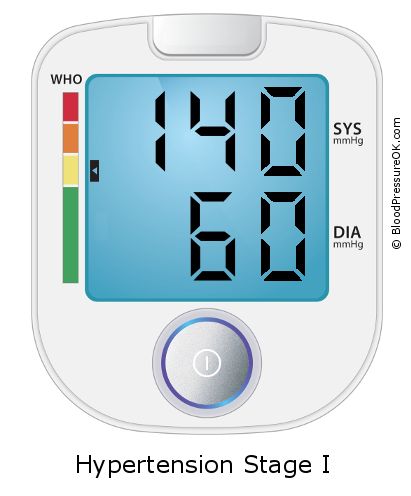



Blood Pressure 140 Over 60 What Do These Values Mean
Your blood pressure consists of two numbers systolic and diastolic Someone with a systolic pressure of 117 and a diastolic pressure of 78 has a blood pressure of 117/78, or "117 over 78" Blood pressure that is too high increases your risk for heart attack and strokeDiabetes is a lethal combination to add to these The 140 is the filling pressure or diastolic blood pressure When this number is above 100 sustained A person should see a Dr or NP for treatment The 140 is much scarier Elevated blood pressure for too long can lead also to kidney disease and blindness due to the small blo Low Blood Pressure Range According to Mayoclinic, Low blood pressure, or hypotension, is the condition of having a blood pressure with a systolic value below 90 mm Hg or a diastolic value below 60 mm Hg A rapid decrease in one's BP can be dangerous (60/40 mm Hg), just a mm Hg drop in either systolic or diastolic pressure is sufficient to




Blood Pressure Real First Aid
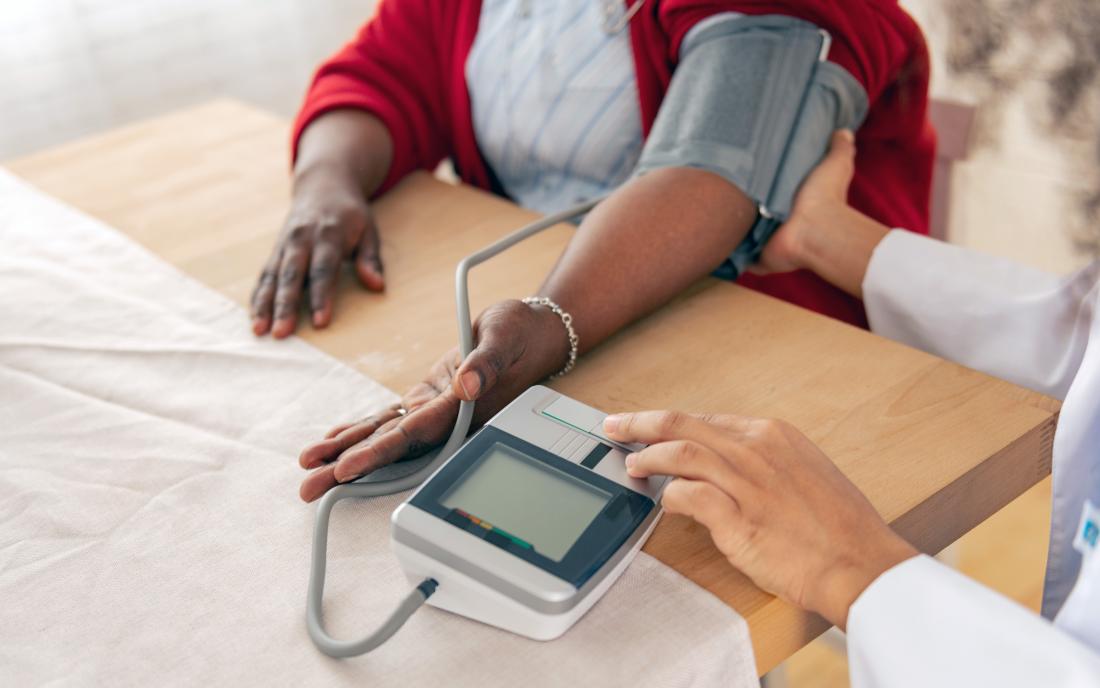



Understanding Blood Pressure What Is Normal
There are two parts or two separate numbers referred to as blood pressure Systolic/Diastolic If the blood pressure is 142/60 (142 over 60), it means that the systolic pressure is 142 and the diastolic pressure is 60 142/60 blood pressure can also be read as 142/60 mm Hg, or 142/60 millimeters of mercury The 142 mm Hg Systolic refers to the pressure in the arteries when the heart beats, and the 60 mm Hg Diastolic is the pressure In a blood pressure reading, the number on top represents your systolic blood pressure and the number on bottom represents your diastolic blood pressure 1/80 mm Hg is considered normal for healthy adults 90/60 mm Hg or below is considered low blood pressure2) Diastolic blood pressure (DBP) – consistent with the blood pressure in the arteries between heart contractions Normal values are considered between 60 and 80 mmHg The mean arterial pressure calculator can be applied in numerous cases and provides a good indicator of blood flow and tissue perfusion, comparable to SBP as it takes account



2
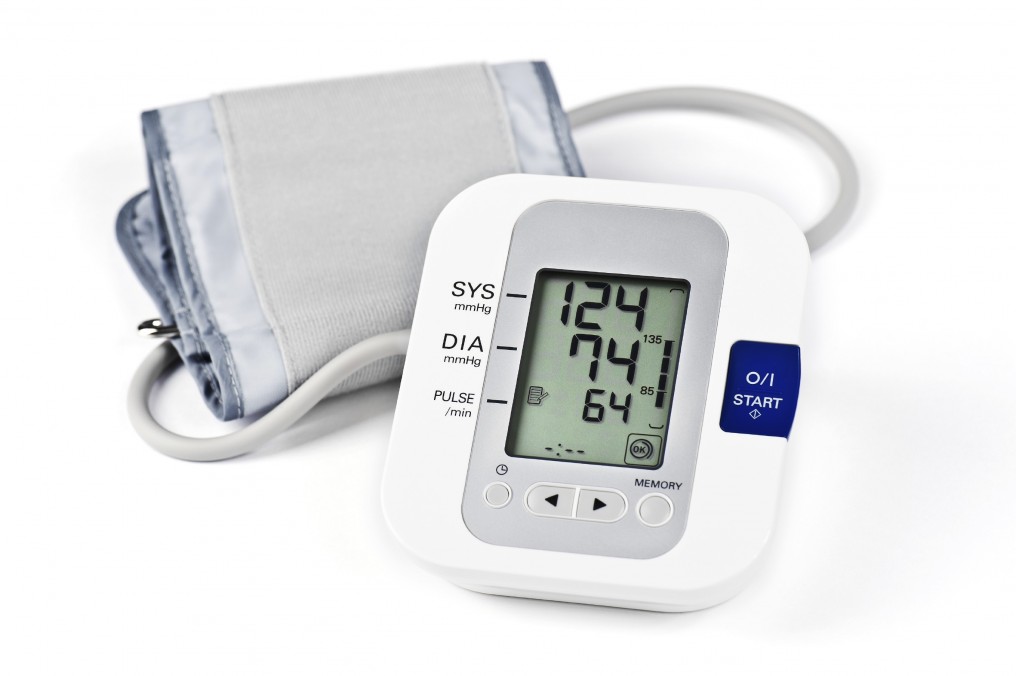



My Blood Pressure Is 90 Over 60 Is This Too Low Poz
Stage 2 high blood pressure 160 and above over 100 and above;High blood pressure in people over age 60 150 and above over 90 and aboveOn the other hand, the blood pressure for pregnant women may fluctuate But the average level is more or less the same as any adult's readings Doctor may determine it as hypertension when the bp result is 140/90 mm Hg or higher Blood Pressure Reading Chart Below is a blood pressure reading chart for you




Blood Pressure 140 60 Health Care Qsota




Corresponding Blood Pressure And Carotid Diameter Values Measured At Download Scientific Diagram
What do the readings mean? A blood pressure reading below 1/80 mmHg is considered normal In general, lower is better Doctors classify blood pressures under 140/90 mmHg as either normal or prehypertension Normal blood pressure is lower than 1/80 mmHg Prehypertension is blood pressure between 1 and 139 for the top number, or between 80 and for the bottom number Readings below 90/60 mm Hg indicate low blood pressure, or hypotension Readings above 140/90 mm Hg in pregnancy indicate high blood pressure, or hypertension Hypertension is seen far more often




Blood Pressure Numbers When To Get Help




95 Fill In The Drawings So That The Mercury Columns Show The Correct Blood Pressures A Homeworklib
Some people are worried that a blood pressure reading of 110 over 60 is not safe and can lead to feeling dizzy, faint or actually passing out What worries some people more is the bottom number of a blood pressure of 110 over 60 The top number is referred to I am a 69 yr old female and my dialostic pressure is below 60 when my systolic pressure is 135 Sometime the dialostic goes to 40 If I take blood pressure meds the bottom number goes to low What do read moreBlood Pressure 140/60 Author Dr Yiming Wang High blood pressure is also known as hypertension Blood pressure is the amount of force exerted against the walls of the arteries as blood flows through them Blood pressure is the measure of the force of blood pushing against blood vessel walls
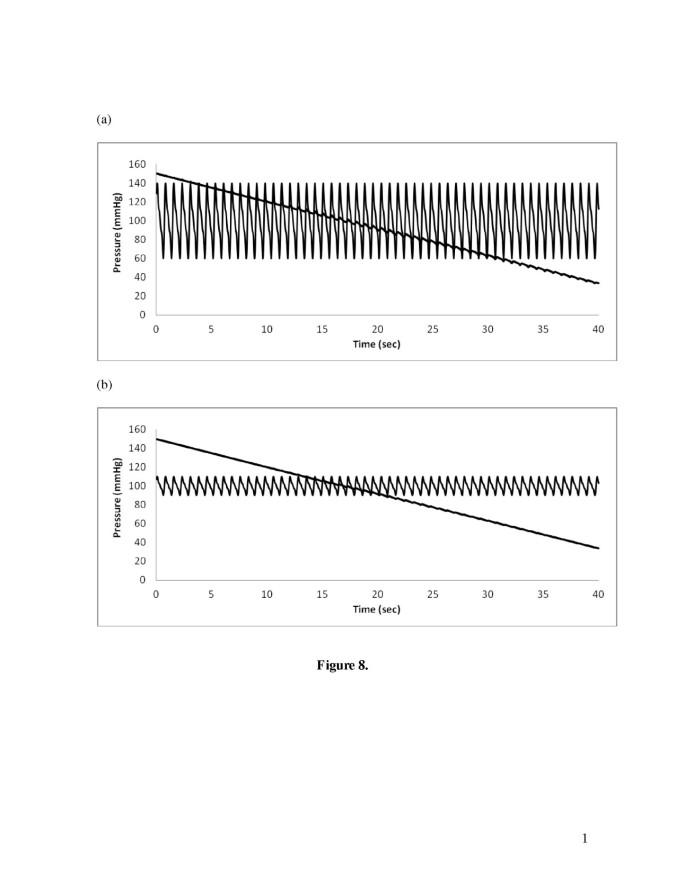



Oscillometric Measurement Of Systolic And Diastolic Blood Pressures Validated In A Physiologic Mathematical Model Biomedical Engineering Online Full Text
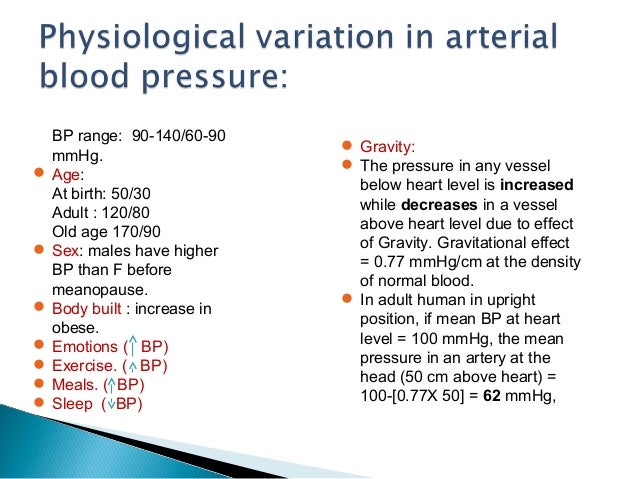



Arterial Blood Pressure Regulation
The Mean Arterial Pressure (MAP) calculates mean arterial pressure from measured systolic and diastolic blood pressure values This is an unprecedented time It is the dedication of healthcare workers that will lead us through this crisisStage 1 high blood pressure over 9099; The top number (systolic) minus the bottom number (diastolic) gives you your pulse pressure For example, if your resting blood pressure is 1/80 millimeters of mercury (mm Hg), your pulse pressure is 40 — which is considered a normal and healthy pulse pressure Generally, a pulse pressure greater than 40 mm Hg is abnormal




Lower Blood Pressure After Transcatheter Or Surgical Aortic Valve Replacement Is Associated With Increased Mortality Journal Of The American Heart Association
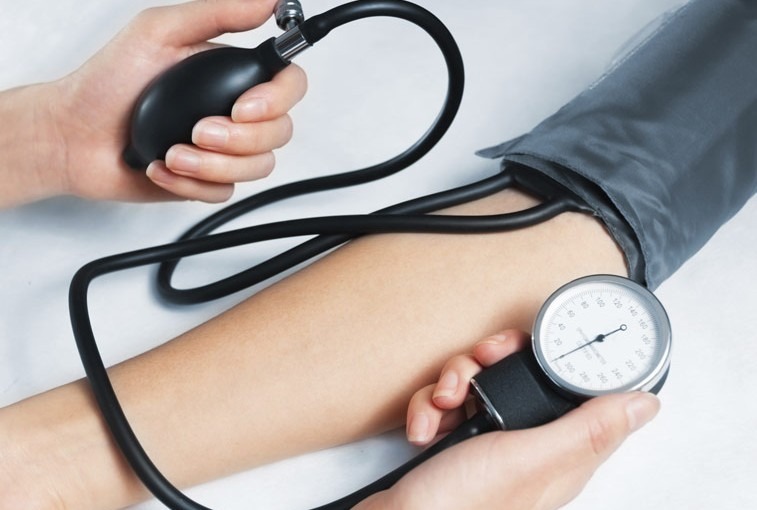



What To Know About High Blood Pressure During Pregnancy
Normal blood pressure in adults is less than 1/80 mmHg Low blood pressure is a reading below 90/60 mmHg Most forms of hypotension happen because your body can't bring blood pressure back to normal or can't do it fast enough For some people, low blood pressure is normal They have it all the time, with no symptoms or negative side effectsWhat do blood pressure numbers mean? ideal blood pressure is usually considered to be between 90/60mmHg and 1/80mmHg;




Normal Blood Pressure In Pregnancy Levels And Management



Blood Pressure Uk
Naturally, aging loses the elasticity of the arteries Thus blood pressure rises with age The blood pressure chart on this page provides blood pressure related to age We came to know through medical studies that there is a thumb rule for the systolic number is 100 plus your age for men (100 plus age minus 10 for female)Aged 50 or older, systolic blood pressure of mm mercury, and at "increased risk of cardiovascular events" Aged 75 or older Yep, that in of itself puts people at risk A 10year risk of cardiovascular disease of 15% or greater on the basis of the Framingham risk score



What Is The Best Blood Pressure 110 70 Or 1 80 Quora



Prehypertension My Today S Bp Reading Was 140 60 Is It On Practo Consult




What Blood Pressure Readings Mean




Arterial Blood Pressure1 Dr Eman El Eter Objectives



Hypertension Journal




Call To Action On Use And Reimbursement For Home Blood Pressure Monitoring Hypertension
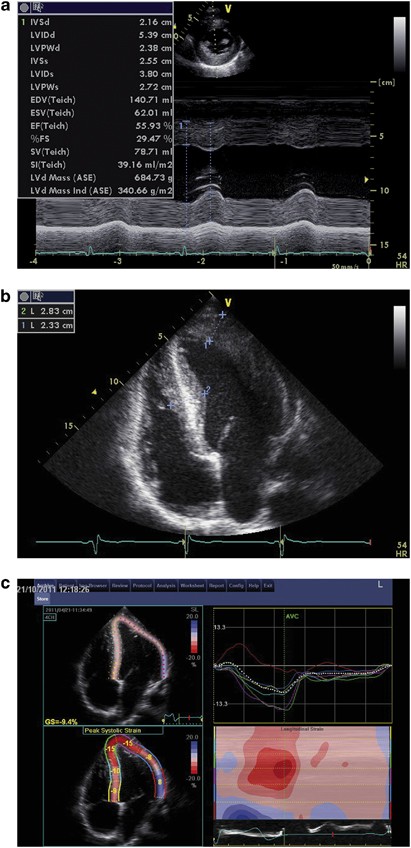



22 Year Old Patient With Malignant Hypertension Associated With Primary Aldosteronism Journal Of Human Hypertension



Untitled Document



What Is The Ideal Range Of Blood Pressure Quora
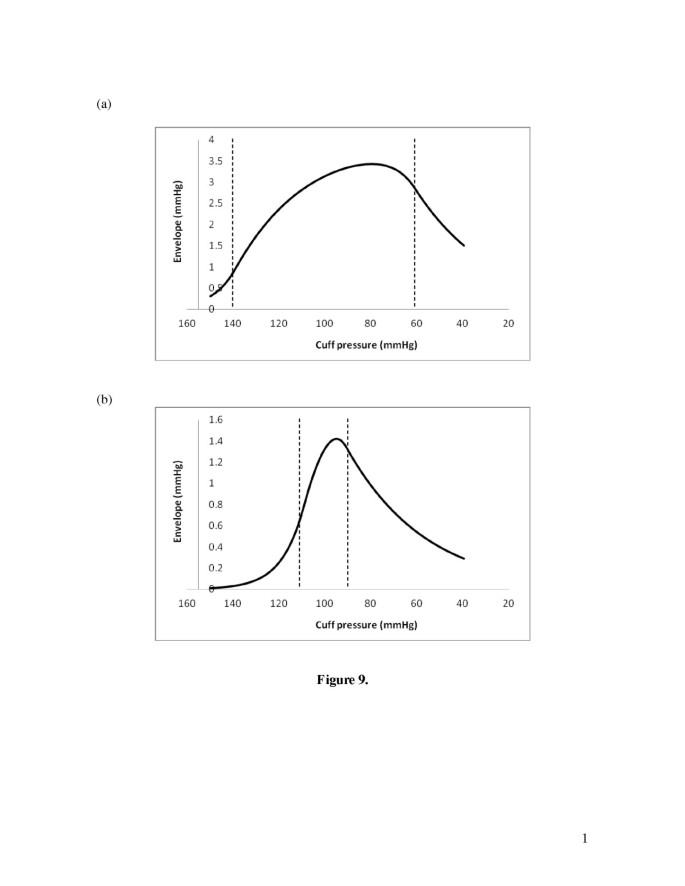



Oscillometric Measurement Of Systolic And Diastolic Blood Pressures Validated In A Physiologic Mathematical Model Biomedical Engineering Online Full Text




What Are Normal Blood Pressure Ranges By Age For Men And Women Chart Readings For Low Normal And High Bp




How Bad Is 140 90 Blood Pressure




Why Is My Blood Pressure 140 60 Quora




Doc Bloodpressureworksheet 2 Sarah Warehime Academia Edu
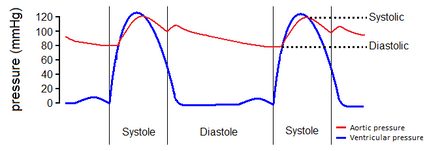



Map Calculator Mean Arterial Pressure Formula



The Blood Pressure Of The Elderly Is 140 60 Why Is The Blood Pressure Difference So Big Control From These 3 Aspects Daydaynews




When Should You Start Worrying About Your Blood Pressure Times Of India



What Is The Ideal Range Of Blood Pressure Quora
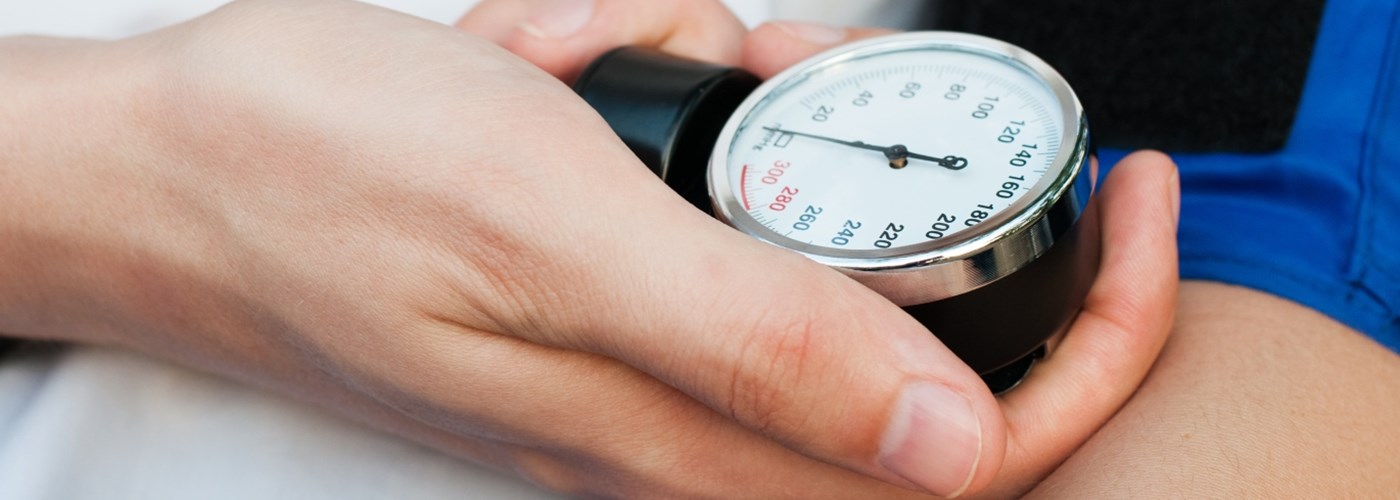



What Is A Normal Blood Pressure Reading Benenden Health




Is A Blood Pressure Of 140 100 High Quora




What Is Normal Blood Pressure Shingletown Medical Center




Simulations Of Varying Arterial Pulse Pressure A And B Amplitude Download Scientific Diagram




A Hemodynamic Approach To Resistant Hypertension Taler 00 Congestive Heart Failure Wiley Online Library



Blood Pressure Uk
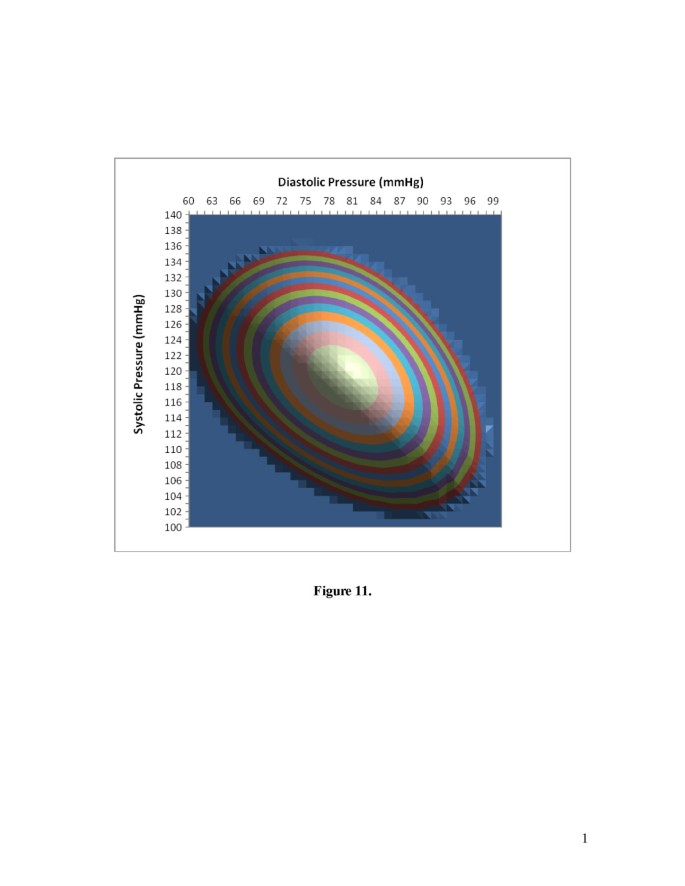



Oscillometric Measurement Of Systolic And Diastolic Blood Pressures Validated In A Physiologic Mathematical Model Biomedical Engineering Online Full Text



The Blood Pressure Of The Elderly Is 140 60 Why Is The Blood Pressure Difference So Big Control From These 3 Aspects Daydaynews




What Are Normal Blood Pressure Ranges By Age For Men And Women Chart Readings For Low Normal And High Bp



Hypertension Journal




Glencoe Blood Pressure Lab Pdf Blood Pressure Lab Open The Virtual Lab At Http Www Glencoe Com Sites Common Assets Science Virtual Labs Ls23 Ls23 Html Course Hero
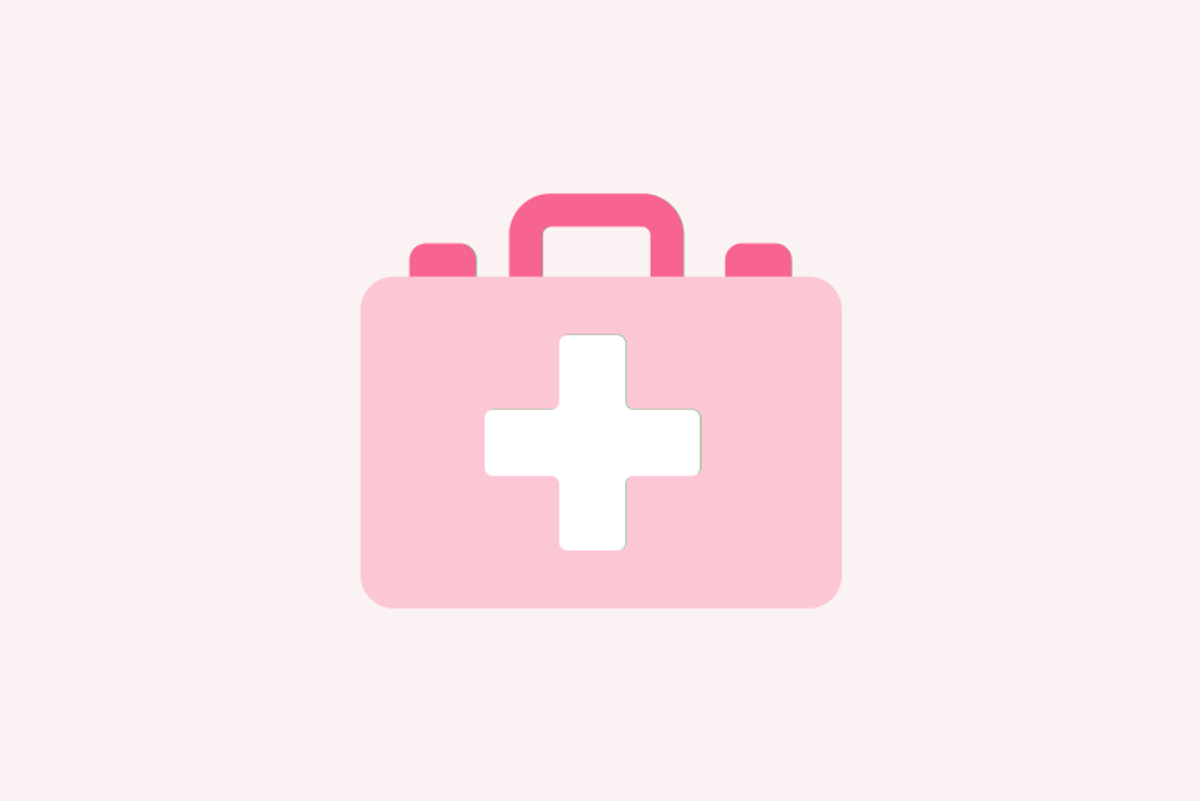



High Blood Pressure Healthywomen
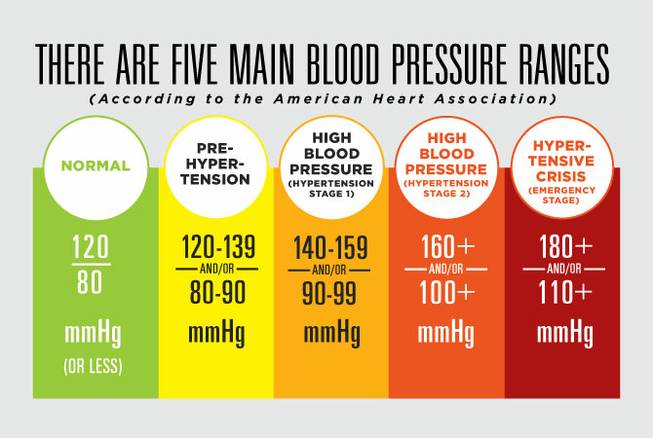



Understanding The Highs And Lows Of Your Blood Pressure Reading Mountainview Hospital




Blood Pressure Difference Between The Measurements Taken During Manualzz




What Are Normal Blood Pressure Ranges By Age For Men And Women Chart Readings For Low Normal And High Bp
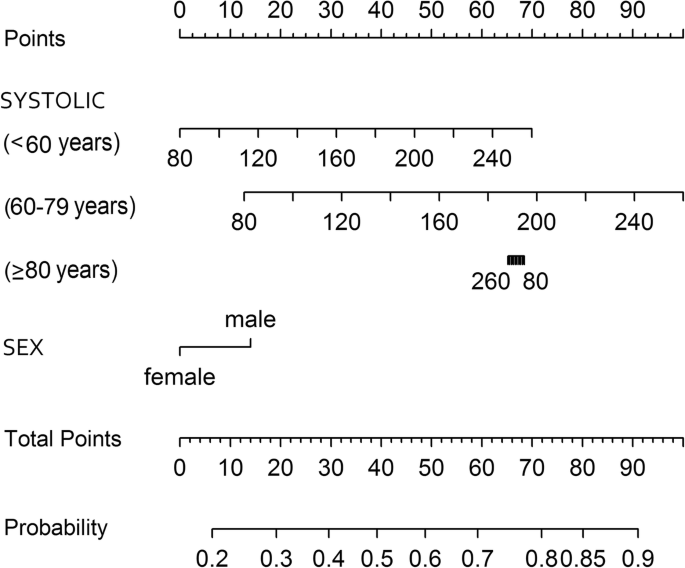



Systolic Blood Pressure As A Predictor Of Transient Ischemic Attack Minor Stroke In Emergency Department Patients Under Age 80 A Prospective Cohort Study Bmc Neurology Full Text




Arterial Blood Pressure1 Dr Eman El Eter Objectives




When Is Low Blood Pressure Too Low Hypotension And More Everyday Health




The Reliability Of Noninvasive Blood Pressure Measurement Through Layers Of Autumn Winter Clothing A Prospective Study Wilderness Environmental Medicine




95 Fill In The Drawings So That The Mercury Columns Show The Correct Blood Pressures A Homeworklib



Blood Pressure Uk




Tracking Your Heart Rate What It Means Nuvision Excel




Lab 1 Bp Bp Quiz Studocu
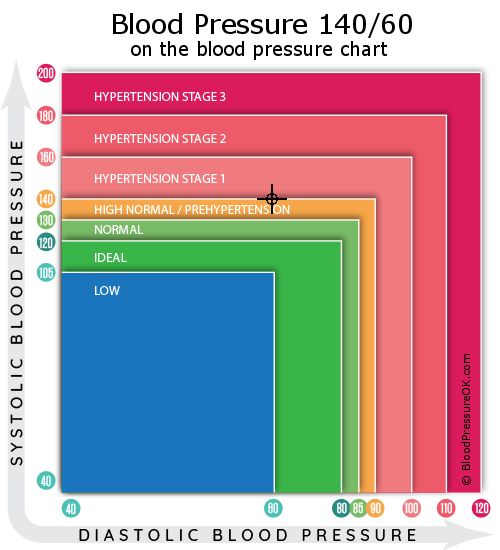



Blood Pressure 140 Over 60 What Do These Values Mean




Wearable Watches To Monitor Your Blood Pressure Nist



Cvja Co Za
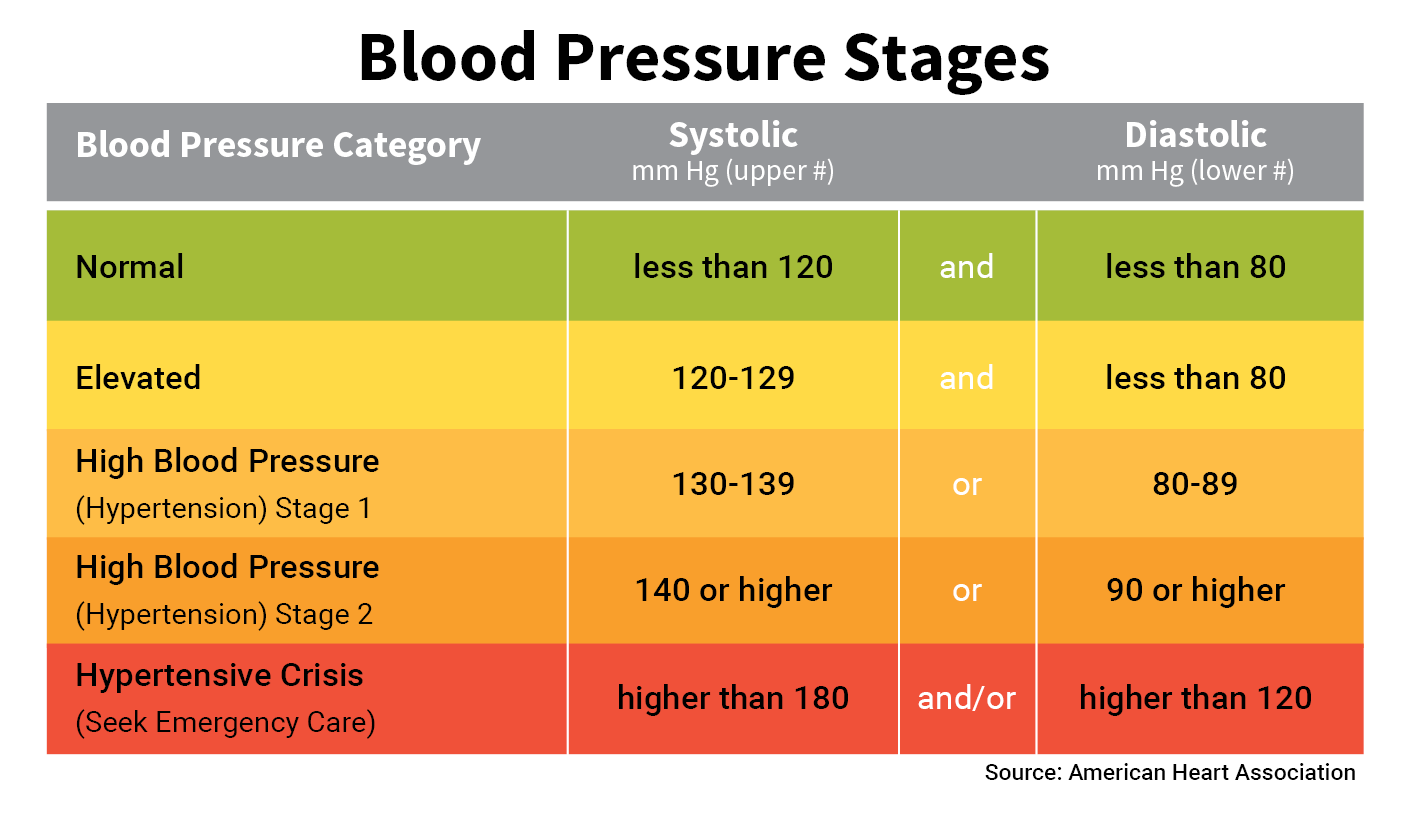



Blood Pressure Chart Numbers Normal Range Systolic Diastolic



High Blood Pressure During Pregnancy Gestational Hypertension Causes Management
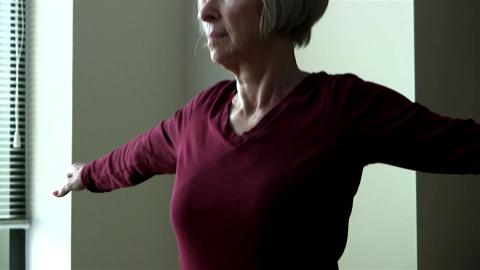



Blood Pressure Guidelines Raised For Patients 60 And Over
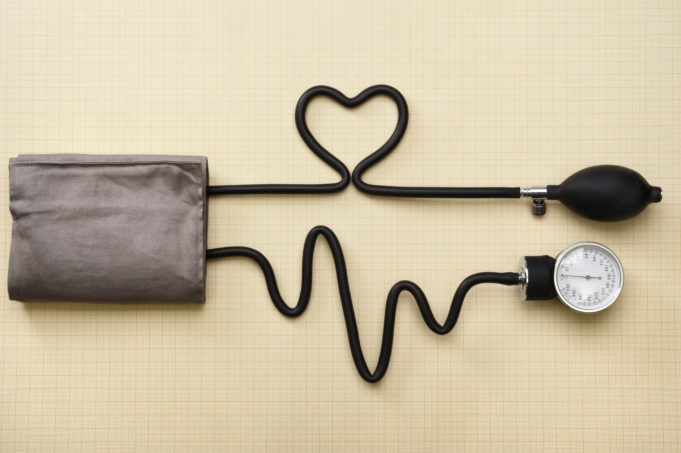



Blood Pressure For Runners Ukrunchat



3




Generica Generica Silymarin 140 60 Capsules



The Blood Pressure Of The Elderly Is 140 60 Why Is The Blood Pressure Difference So Big Control From These 3 Aspects Daydaynews



Prehypertension My Today S Bp Reading Was 140 60 Is It On Practo Consult




Simulations Of Varying Arterial Pulse Pressure A And B Blood Download Scientific Diagram



1




Doc Blood Pressure Virtual Lab Carter Richardson Academia Edu




What Are Normal Blood Pressure Ranges By Age For Men And Women Chart Readings For Low Normal And High Bp




Unit 10 Nedapbiology12
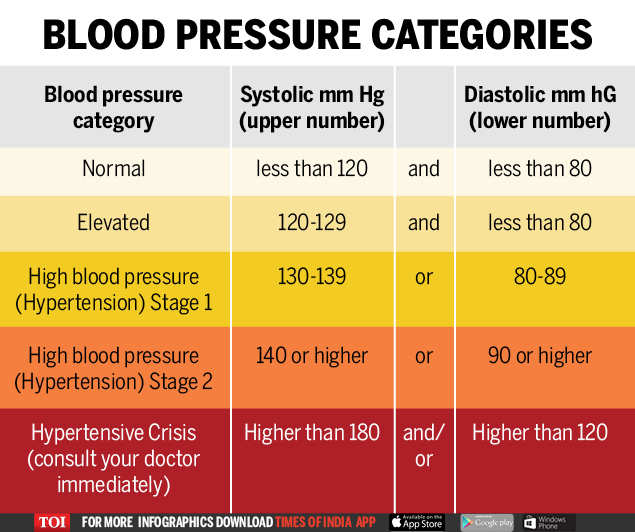



When Should You Start Worrying About Your Blood Pressure Times Of India




What Is The Ideal Range Of Blood Pressure Quora




Nurse Nacole Nursing Resources Emergency Nursing Neonatal Nurse Paramedic School



Hypertension Journal




Awareness Of Hypertension And Factors Associated With Uncontrolled Hypertension In Sudanese Adults Abstract Europe Pmc




Theory Based Diabetes Self Management Education With Pre Selection Of Participants A Randomized Controlled Trial With 2 5 Years Follow Up Eldes Study Vos 19 Diabetic Medicine Wiley Online Library




Home Truths About High Blood Pressure High Blood Pressure The Guardian
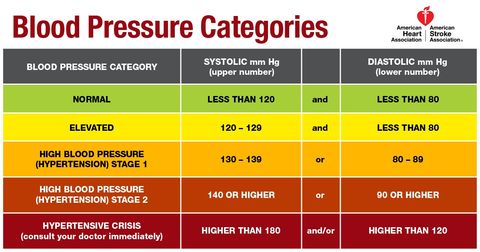



New Blood Pressure Numbers 130 Is Now High Doctors Say Live Science




Pdf Oscillometric Measurement Of Systolic And Diastolic Blood Pressures Validated In A Physiologic Mathematical Model




Understanding Blood Pressure Reading And Charts



1




Pdf Pitfalls In Assessing Blood Loss And Decision To Transfer Semantic Scholar



1




Supplementary Peak Blood Insist That Guidelines Opine Your Blood Stress Is Fine Opine Again Blood Presure 145 Over 60




What Should Be The Target Blood Pressure In Elderly Patients With Diabetes Diabetes Care
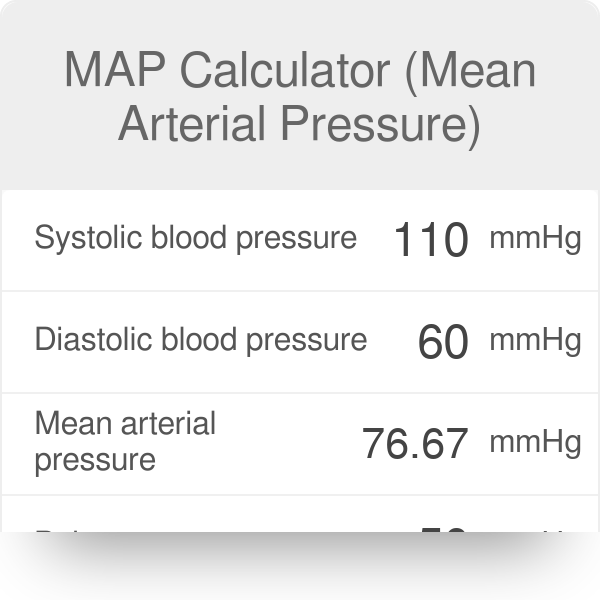



Map Calculator Mean Arterial Pressure Formula



The Blood Pressure Of The Elderly Is 140 60 Why Is The Blood Pressure Difference So Big Control From These 3 Aspects Daydaynews



2



Prehypertension My Today S Bp Reading Was 140 60 Is It On Practo Consult




95 Fill In The Drawings So That The Mercury Columns Show The Correct Blood Pressures A Homeworklib
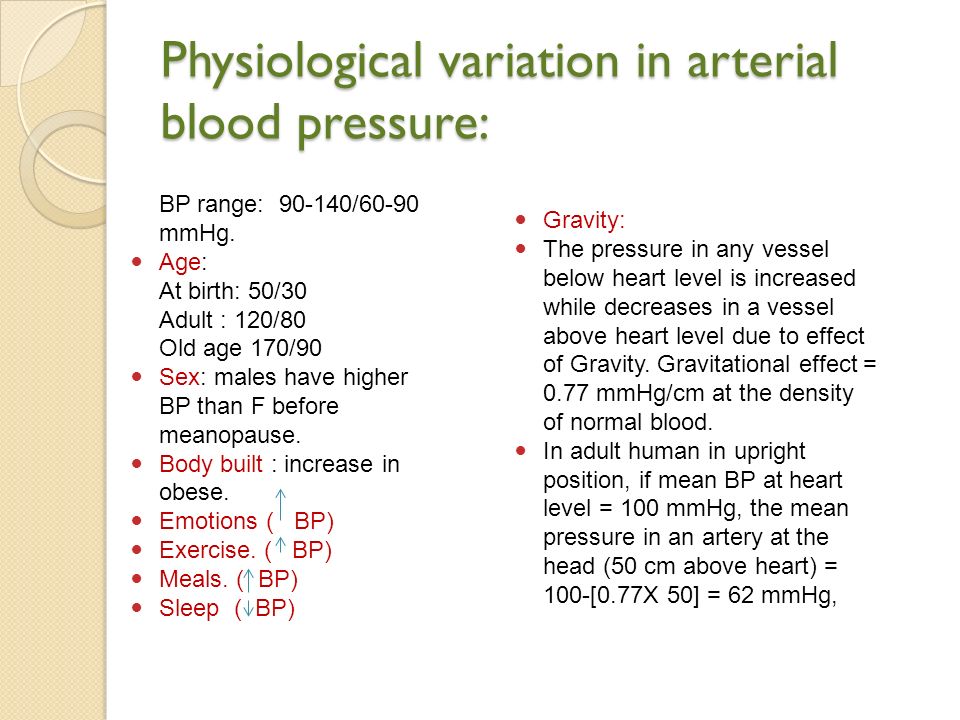



Arterial Blood Pressure 1 Ppt Video Online Download



0 件のコメント:
コメントを投稿